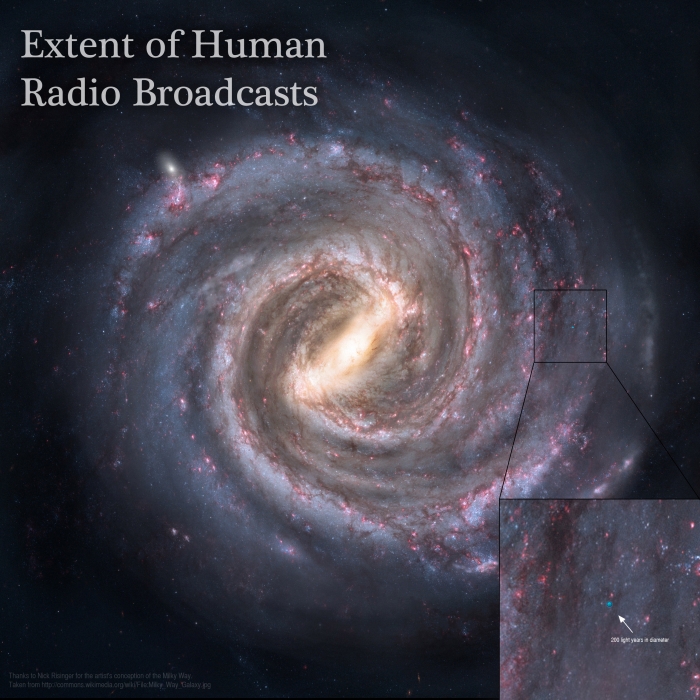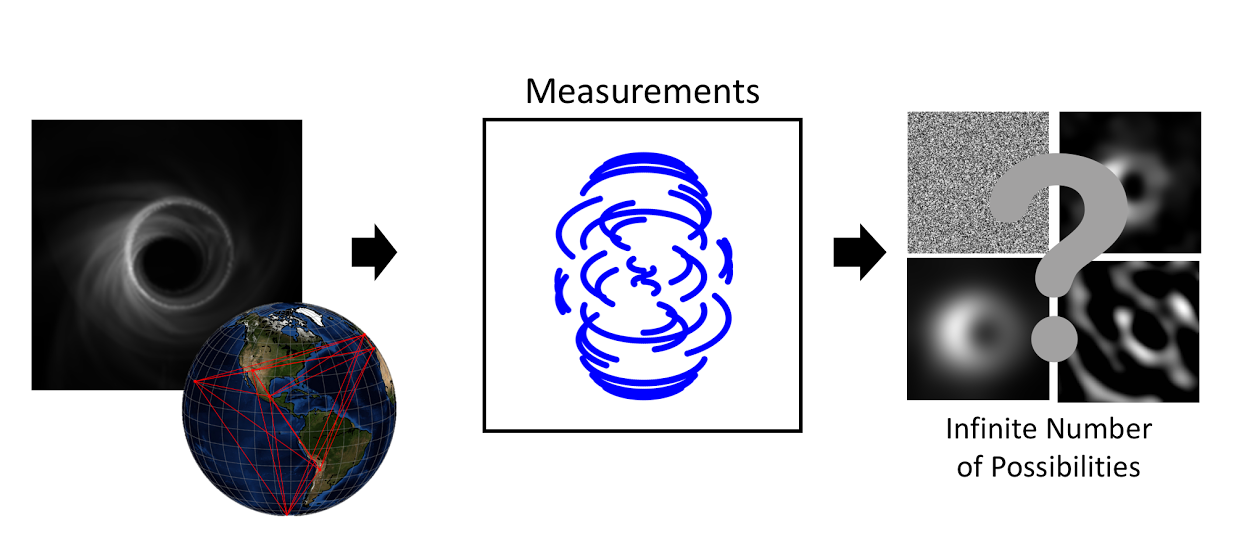While Danuri cruises to the Moon, KGRS will look for any spontaneous γ-ray bursts produced by massive dying stars, KMAG will track the magnetic field between Earth and the Moon, and LUTI will send some cool shots back home. The bulk of the mission’s scientific observations will take place once Danuri reaches the Moon, which it will orbit for a year at 100 kilometres above the lunar surface. KGRS has a broader energy range than previous γ-ray detectors sent to the Moon, and scientists hope that it will create the clearest maps yet of the distribution of elements including iron, titanium, uranium and thorium.
KMAG will take precise measurements of the magnetic field on the surface. It will also study electric currents induced by the magnetic field of the solar wind, which streams out into space from the Sun, says Garrick-Bethell, who is part of the instrument’s science team. Studying how these currents pass through the Moon could reveal what the Moon is made of deep inside. To do this, Danuri will make use of simultaneous measurements by two NASA probes currently circling the Moon, says Garrick-Bethell. This “will make a beautiful experiment that was only briefly attempted in the Apollo era, but not over the entire Moon”, he says.




